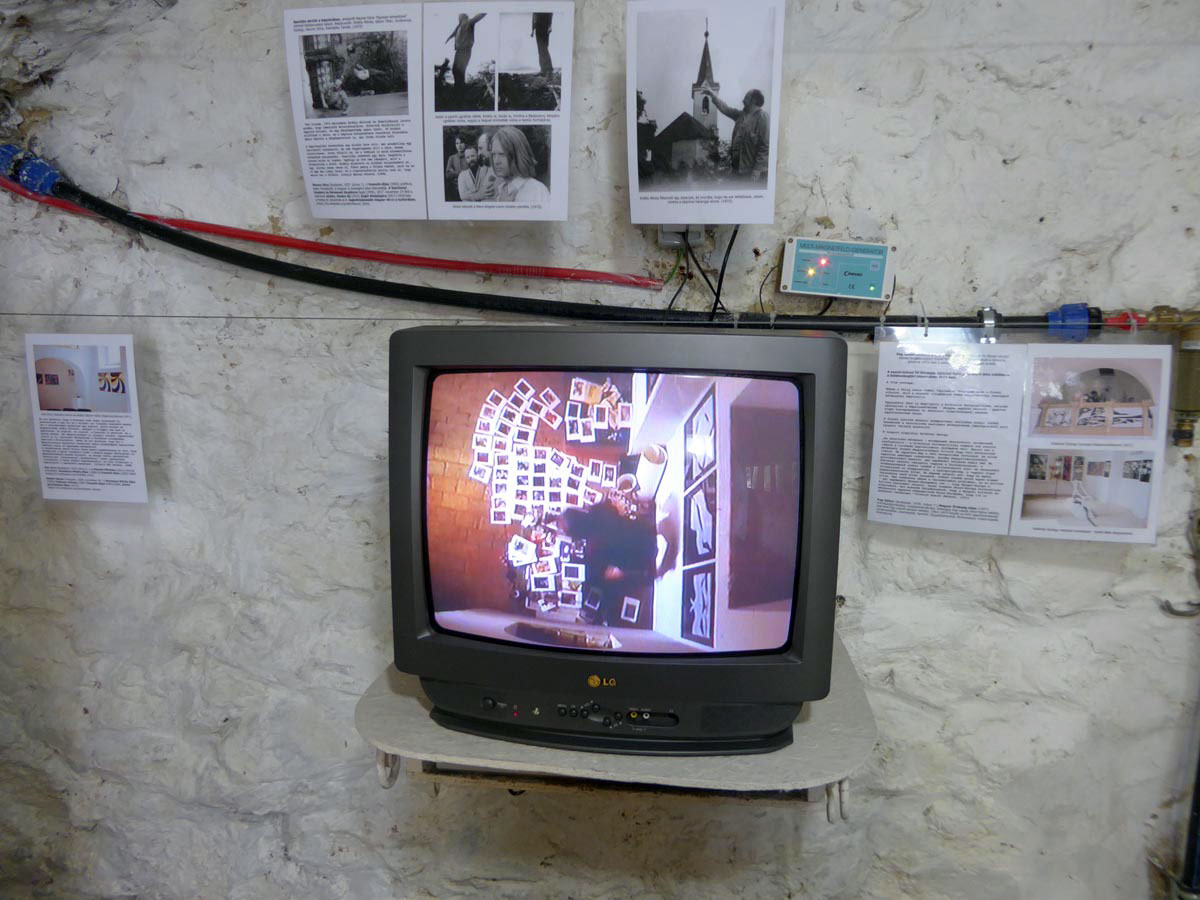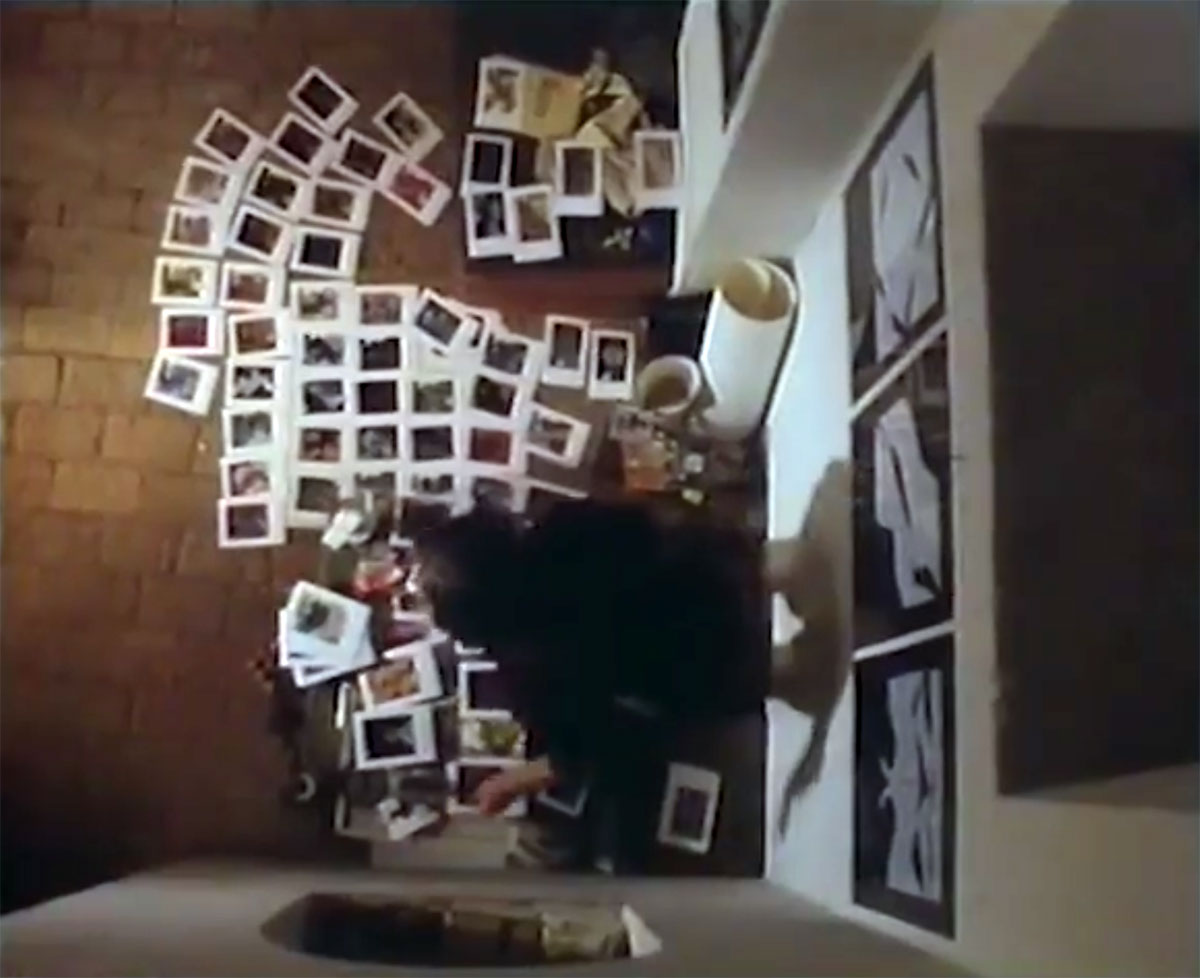
Chapel Studio in Balatonboglár 1971 (2:08)
Footage from Saarbrücken TV
At the exhibition of György Galántai and Béla Szeift
Script of the footage: “This rural chapel half in ruins is the place where the young artists representing the Hungarian Avant-garde after WWII work. They are under surveillance by the executioners of the official cultural policy that is barely tolerant of the views of the chapel artists, as they call themselves, their gesture-based conceptual works and abstract experimentation.
The ideas of these young artists address the ideology of socialist realism much more than the works of their Western fellow artists. The group’s founder is György Galántai.”
Béla Szeift’s script: “Abstract art – abstraction of all kinds, and non-figuration of all kinds – has come to be seen as the symbol of »rotting capitalism«, to quote the phrase used by the official cultural policy ad verbum. For this reason this kind of art is qualified as banned or tolerated art in Hungary. At this point, we are still in the tolerated category. For now, the state takes a neutral stance to what we do, but they regard each move we make as an act of provocation, which is a completely false accusation. We unconditionally support our society, and our activity is much more to do with protest. As artists, we protest against mechanisation, philistinism and discrimination based on wealth. This, however, doesn’t mean that we are rebelling against the whole social structure, but rather against some of its elements. What we see as problematic in our society is the statement – which, by the way, comes from Western Europe, that Western Europe is the centre of culture, while Eastern Europe is culturally lagging behind. We feel it our duty to ‘salvage’ Western culture and art, bring it to Eastern Europe, and allow it to take root here.”
